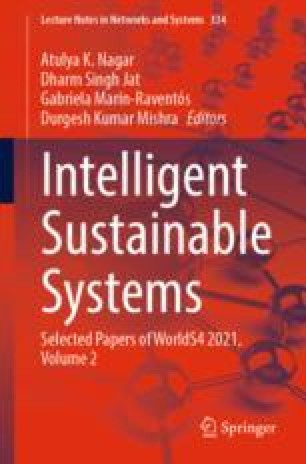Visualization and Analysis of Performance Data using R
Jim Holtman
Summary:
I did not attend this, but that is about free statistical and graphical tool (“R” tool and “S” language
http://www.r-project.org/ ). Note: there is interface to SAS dataset function in open lib:
http://lib.stat.cmu.edu/S/dataset
Functions that define and manipulate S "dataset" objects. A dataset is a matrix whose columns (variables) may be of different data types. Though motivated by a need to interface to SAS, they are useful in any data analysis. There is some function that relates to SPC:
JohnsonSystem (
http://lib.stat.cmu.edu/S/JohnsonSystem.q)
In 2004 he published CMG paper about R usage:
The Use of R for System Performance Analysis . See also
Lecture: Graphing in R (
http://www.ats.ucla.edu/stat/r/library/lecture_graphing_r.htm) or
http://ieee.cincinnati.fuse.net/R_IEEE_V2.pdf
Major takeaways: That might be a good SAS/Graph replacement. I also think about writing some "S" program to build SEDS type of Control charts to illustrate how that works, for instance THAT COULD BE USED for a workshop similar Mr. Holtman had done.
Automating Process Pathology Detection – Rule Engine Design Hints
Ron Kaminski
Summary:
This is about analytical approach to capture pathologies like run-away and memory leaks. BTW Ron referenced my papers as an example of different (statistical) approach to do the same. This is continuation of his previous work in this field: http://www.cmg.org/proceedings/2003/3027.pdf
In private conversation he actually expressed some interest to put together both approaches to see how that works from different angles... I am opened.
CMG-T: Modeling and Forecasting
Speaker: Dr. Michael A. Salsburg
Summary:
Just a good an overview and tutorial for queuing theory and simulation based modeling and forecasting vs. statistical modeling-forecasting way I presented in my paper.
eBay - the Shape of Infrastructure to Come
Speaker: Paul Strong
Summary:
Cloud computing is a “Outsourcing 2.0”, sooner or later even banks will use that approach to use capacity on-demand from cloud instead of having own computer farm….
Exception Based Modeling and Forecasting
Speaker: Dr. Igor A. Trubin
Summary:
This is my presentation which was successful and attracted more than 60 attendees. There were a lot of questions and comments during and before this session, positive comments were received from Mark Friedman (After I had to clarify for him 3-D concept of weekly control charts... - my bad ,I was probably not very clear presenting that...) and Ron Kaminski who expressed some interest in my EV algorithm to capture recent bad trends as that solves some problems of workload pathology recognition on which he has been working recently.
Predicting the Relative Performance of CPU
Speaker: Debbie Sheetz
Summary:
I used similar approach (see my 1st CMG paper and 1st figure in my last paper) in the past and know how challenging is to apply SPEC or other benchmarks to real servers with different configurations.
Major takeaways:
This paper could be helpful in соме consolidation projects.
Panel: Michelson Panel - Visualization
Speaker: Jeff Buzen
Summary:
That was interesting to see deferent ways to present data visually. During this panel discussions I realized that my weekly control charts and especially 3-D version of that are kind of unique. I have even approached Dr. Buzen, with my comments about that…
Mainstream NUMA and the TCP/IP stack
Speaker: Mark B. Friedman
Summary:
This is brilliant but very scary paper. Two scary points:
A. For multicore servers the speed of memory access could be unpredictable and sometimes deadly slow because of NUMA – non universal memory access. And there are no any metrics or tools to measure that!
B. High performance network (1-10 and higher Gb) cannot be fully utilized, because it might consume all CPU cycles only to process network related interrupts.
Major takeaways:
It’s OK if network interface bandwidth utilization is low. And we should be careful with using modern multicore processors (8 and more cores).













